The Bronx Arts Ensemble, under the direction of William Scribner, with David Gilbert conducting, is fast becoming a mainstay of Bronx cultural life. As part of their Memorial Day weekend concert, Assemblyman Jeffrey Dinowitz spoke of the joy of being able to hear good concerts in one’s own borough; at the rate they are going, these concerts will become a magnet for other boroughs as well. They regularly feature rising young stars, and this concert was no exception. Opening with a rip-roaring account of the Star-Spangled Banner, the orchestra stayed in high gear for Leonard Bernstein’s Overture to Candide, always a crowd pleaser. Maestro Gilbert was in great form, and the ensemble projected the spirit better than many full-time orchestras.
It is much harder for an ad hoc group to refine the textures and lines of Mozart, even paired with a flexible soloist such as Orlay Alonso performing the Concerto in A Major, K. 488. This 23rd Piano Concerto is certainly among the great beauties of the piano literature, but its needs a painstakingly blended ensemble and optimal performing conditions to be all that it can be. The alfresco setting, including babies, dogs and the occasional overhead plane, didn’t help, charming as it was. Especially in the profound second movement, where one needs to hear and feel each heart-wrenching suspension wrung to the maximum, there were imbalances (possibly exacerbated by positions of microphones), leaving one with the glossy “gist” of it. Mr. Alonso was rock solid in any case. I have enjoyed reviewing his excellent performances in the past, but this one was exceptional for its elegance and polish. Highlights included a beautifully delivered cadenza (Mozart’s own) in the first movement and some delightfully playful articulations throughout. In the last movement, Mr. Alonso seemed truly to relish the playful exchange between piano and orchestra, and the joy was contagious. His Andante breathed naturally, though one wondered whether a more operatic approach to treble melodic contours might have enhanced it. Alonso also should be lauded for handling a Kawai grand piano with a bass that seemed inordinately resonant compared to the treble, even with his deft left hand. This soloist is clearly unflappable and deserves many more opportunities to unleash his musicality to its fullest extent. As a bonus, his charismatic stage presence is a pleasure to behold. I’ll look forward to his next concert.
After the Mozart, we heard a free jazz transcription of Greensleeves by Papo Vásquez, who also played the solo trombone part with panache. His arrangement of Henry Mancini’s Charade followed, with Rafael de Jesus ably singing the solo part. The first half closed with soprano Halley Gilbert’s rendition of “Ain’t it a Pretty Night” from the opera “Susannah” by Carlisle Floyd. It was simply stunning, a performance of unfailing pitch, remarkable ease, and consistent beauty of sound. There was more of her singing in the second half, where she showed a flair for Broadway show tunes as well in “If I were a Bell” (from “Guys and Dolls”) by Frank Loesser and “Blow, Gabriel, Blow” (from “Anything Goes”) by Cole Porter, with fine trumpeter Jerry Bryant. The second half included a highly effective transcription by Papo Vásquez of “Poquita Fe,” by Bobby Capo, with Rafael de Jesus singing, plus medleys from “Oklahoma!” and “The Phantom of the Opera.” A rousing rendition of Sousa’s “Stars and Stripes Forever” capped off the afternoon, with the audience clapping in rhythm and dancing on the lawn.

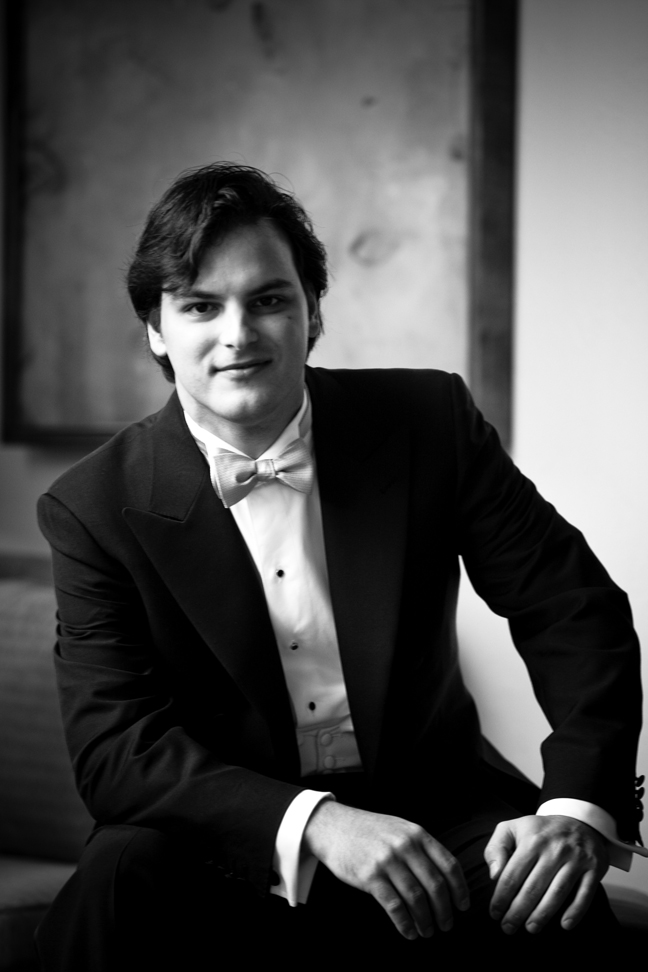
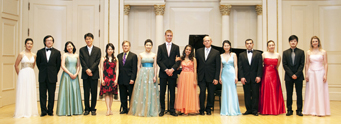
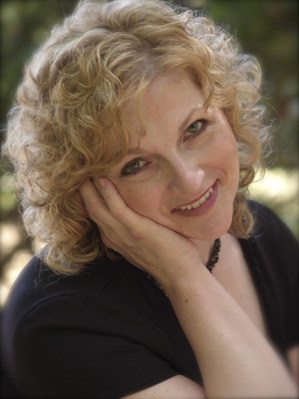
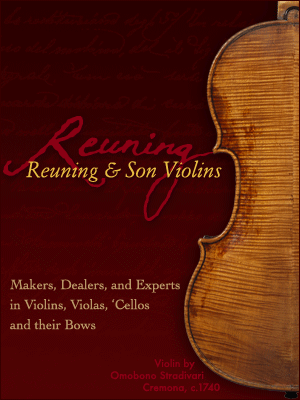



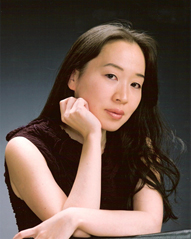
 Victor Goldberg is an excellent pianist with a formidable technique, a powerful tone, and a romantic soul (and a distracting habit of tossing his hands way up). Russian-born, he has studied, performed and won competitions in Europe, Israel and America, and is the recipient of the 2008 Pro Musicis International Award.
Victor Goldberg is an excellent pianist with a formidable technique, a powerful tone, and a romantic soul (and a distracting habit of tossing his hands way up). Russian-born, he has studied, performed and won competitions in Europe, Israel and America, and is the recipient of the 2008 Pro Musicis International Award.
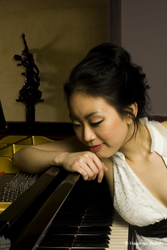 Gold medalist at the 2008 World Piano Competition in Cincinnati, South Korean pianist Yoonjung Han recently presented her debut recital at Lincoln Center’s Alice Tully Hall. A feeling of celebration and anticipation of the moment filled the auditorium. Having made her debut at the age of thirteen, Han is no stranger to the concert stage. She got right to business with a colorful and joyfully performed Haydn Sonata in E-flat Major, Hob. 52. After the light and giddy first movement, the audience erupted into applause. The Adagio was carefully planned out and balanced, though one might have wished for more spontaneity and abandon. The Presto Finale floated gracefully above ground and was received with a warm ovation.
Gold medalist at the 2008 World Piano Competition in Cincinnati, South Korean pianist Yoonjung Han recently presented her debut recital at Lincoln Center’s Alice Tully Hall. A feeling of celebration and anticipation of the moment filled the auditorium. Having made her debut at the age of thirteen, Han is no stranger to the concert stage. She got right to business with a colorful and joyfully performed Haydn Sonata in E-flat Major, Hob. 52. After the light and giddy first movement, the audience erupted into applause. The Adagio was carefully planned out and balanced, though one might have wished for more spontaneity and abandon. The Presto Finale floated gracefully above ground and was received with a warm ovation.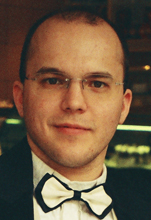 This unusual and, ultimately, compelling new recording of Bach’s transcendental Aria Mit Verschiedenen Verandergungen introduces us yet to another outstanding Hungarian pianist, Sebastyen NyirÖ, who was born in 1979. This may well be the broadest and longest performance of the Goldberg Variations ever. NyirÖ favors taking all the repeats (even those in the Aria da Capo which even the near-fanatical purist Claudio Arrau was even willing to forgo in his early 1940s RCA recording released posthumously on two CDs. Rosalyn Tureck, another famous (or notorious) advocate of repeats and slow tempos, likewise ran over onto two CDs in the Philips Great Pianists of the 20th Century reissue. Simone Dinnerstein, another champion of slow tempos, played all the repeats in her in-concert performance at Weill Recital Hall, but reluctantly condoned omitting a few of them in order to limit her commercial recording (a labor-of-love, later taken over by Telarc) to a single CD. Nyirö’s rendition runs to 85 minutes and fourteen seconds: CD no. 1, with the Aria and Variations 1 through 15 taking 40 minutes and 12 seconds; CD no. 2 beginning with the French Ouverture Variation 16 and ending with the Aria da capo runs 42 minutes; 14 seconds for the work’s conclusion.
This unusual and, ultimately, compelling new recording of Bach’s transcendental Aria Mit Verschiedenen Verandergungen introduces us yet to another outstanding Hungarian pianist, Sebastyen NyirÖ, who was born in 1979. This may well be the broadest and longest performance of the Goldberg Variations ever. NyirÖ favors taking all the repeats (even those in the Aria da Capo which even the near-fanatical purist Claudio Arrau was even willing to forgo in his early 1940s RCA recording released posthumously on two CDs. Rosalyn Tureck, another famous (or notorious) advocate of repeats and slow tempos, likewise ran over onto two CDs in the Philips Great Pianists of the 20th Century reissue. Simone Dinnerstein, another champion of slow tempos, played all the repeats in her in-concert performance at Weill Recital Hall, but reluctantly condoned omitting a few of them in order to limit her commercial recording (a labor-of-love, later taken over by Telarc) to a single CD. Nyirö’s rendition runs to 85 minutes and fourteen seconds: CD no. 1, with the Aria and Variations 1 through 15 taking 40 minutes and 12 seconds; CD no. 2 beginning with the French Ouverture Variation 16 and ending with the Aria da capo runs 42 minutes; 14 seconds for the work’s conclusion.